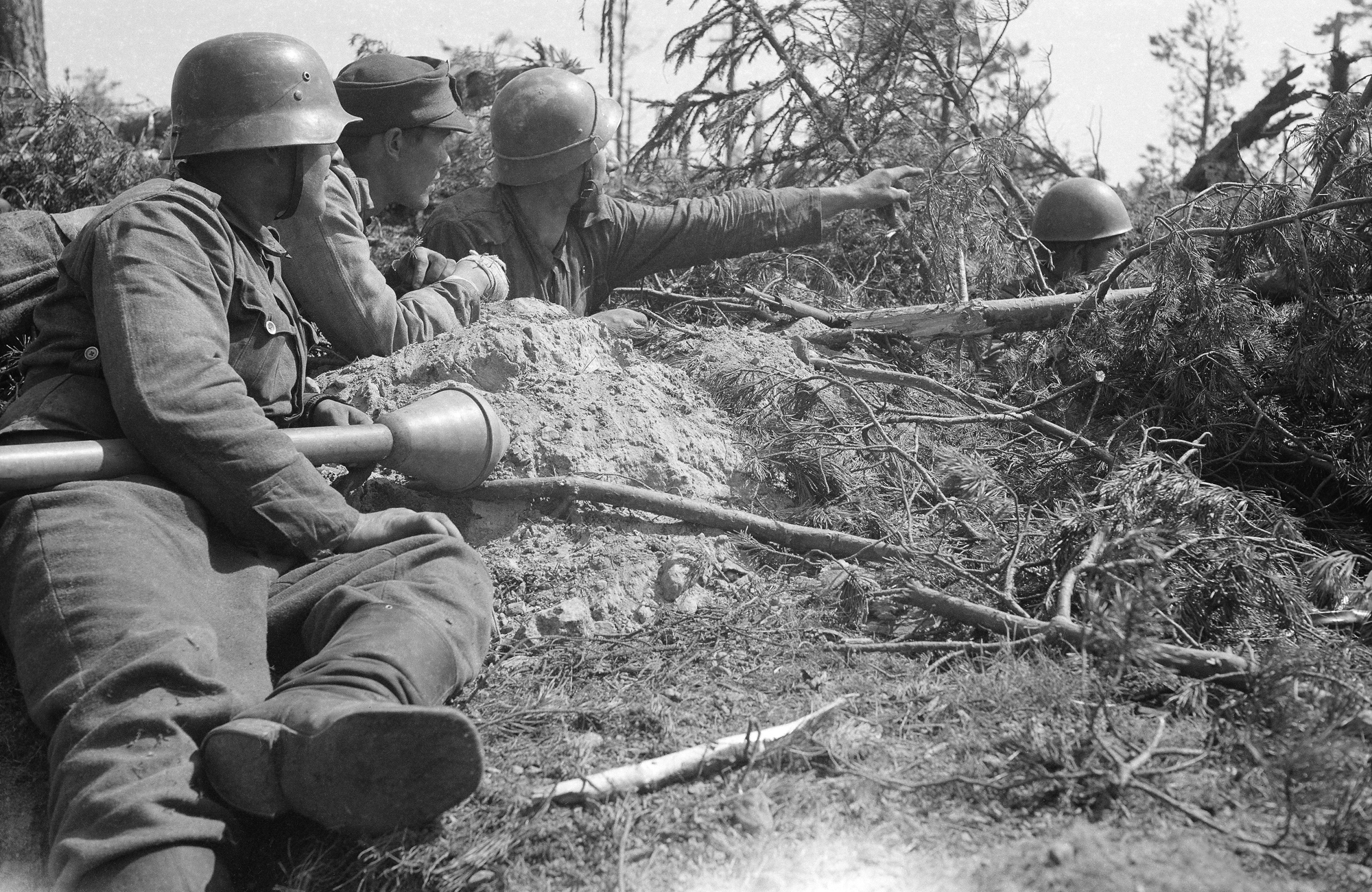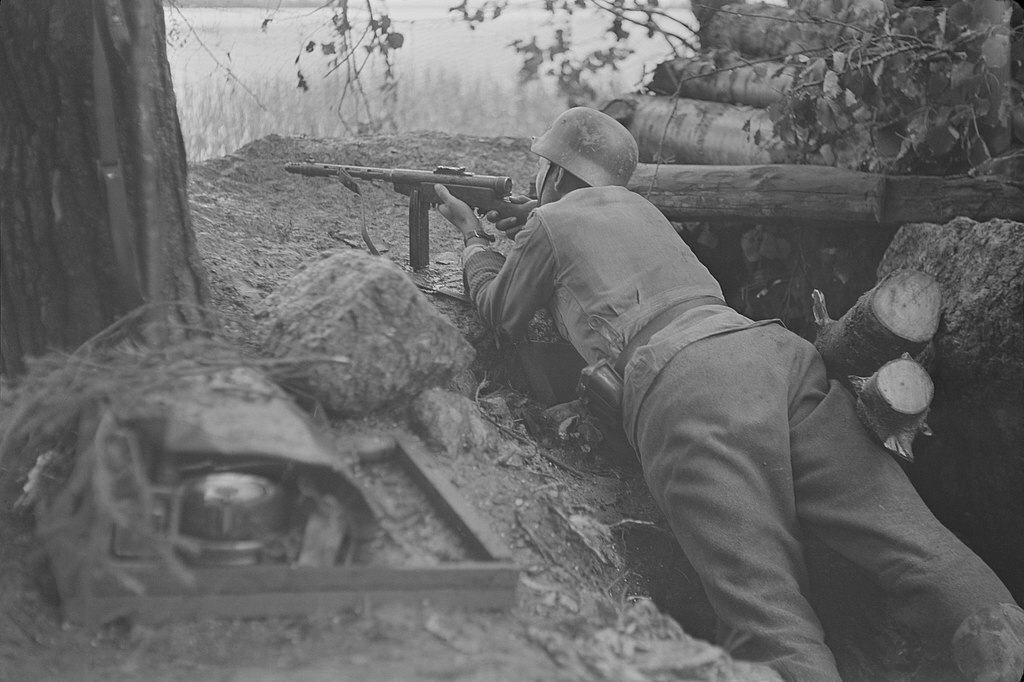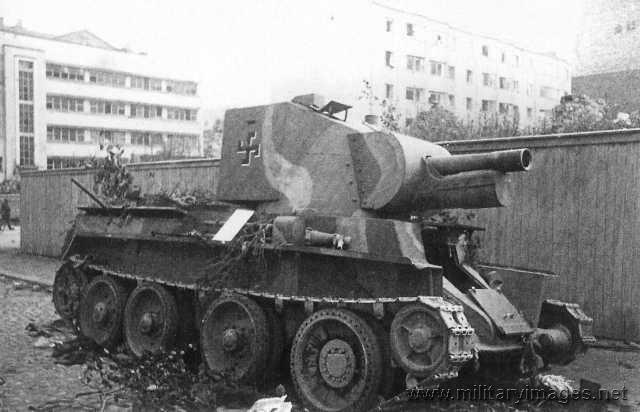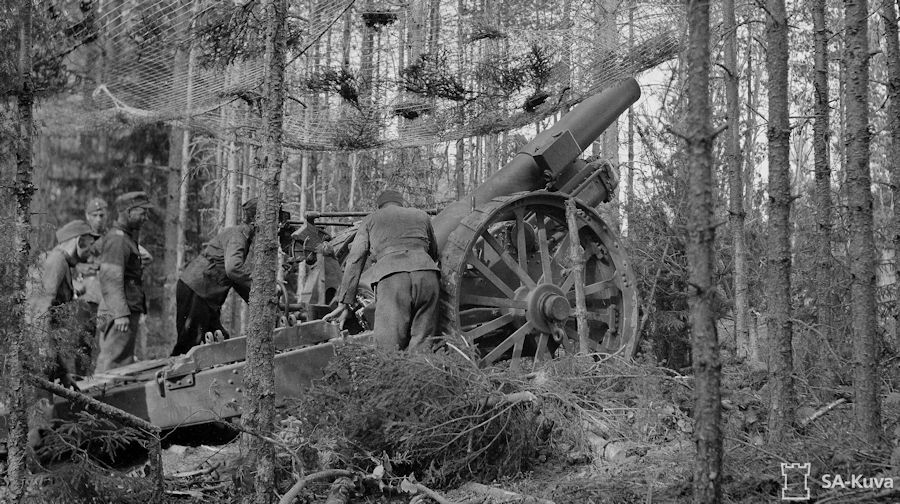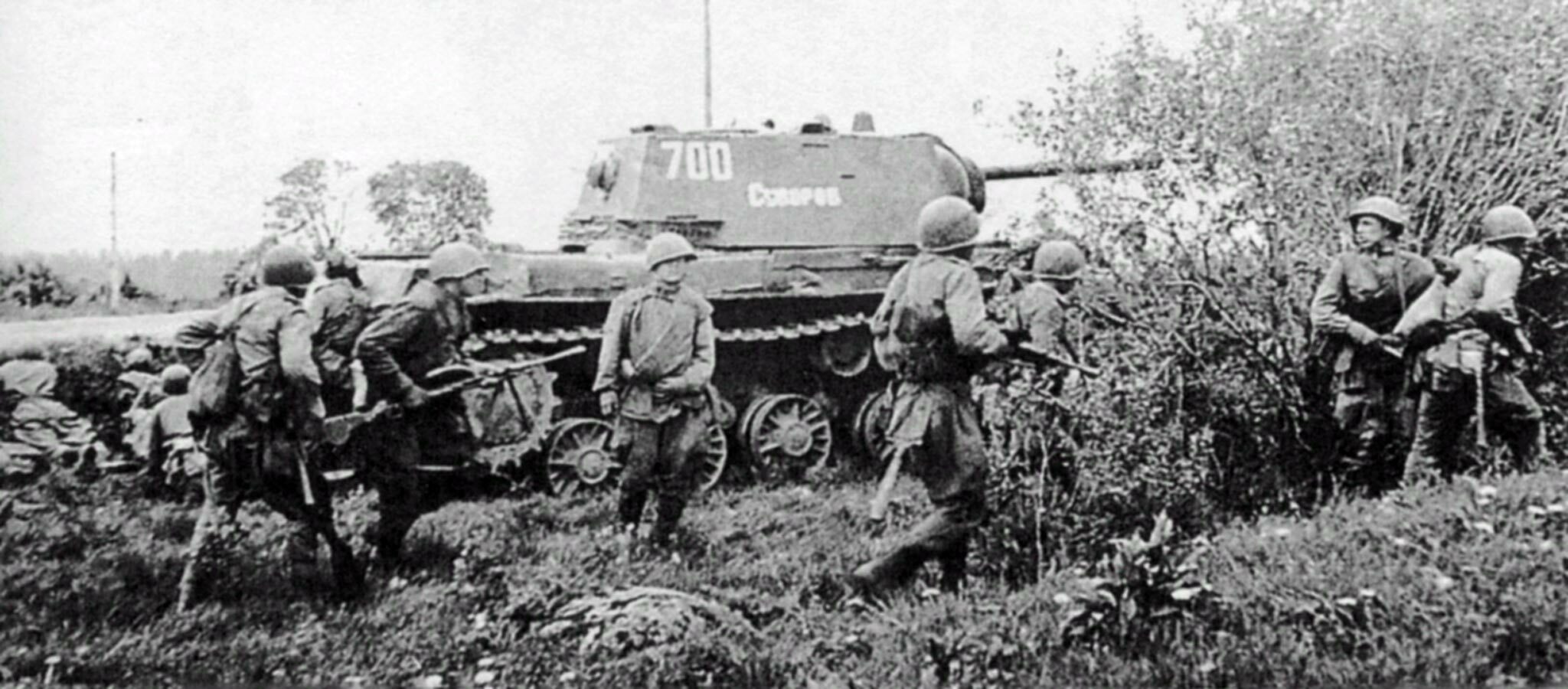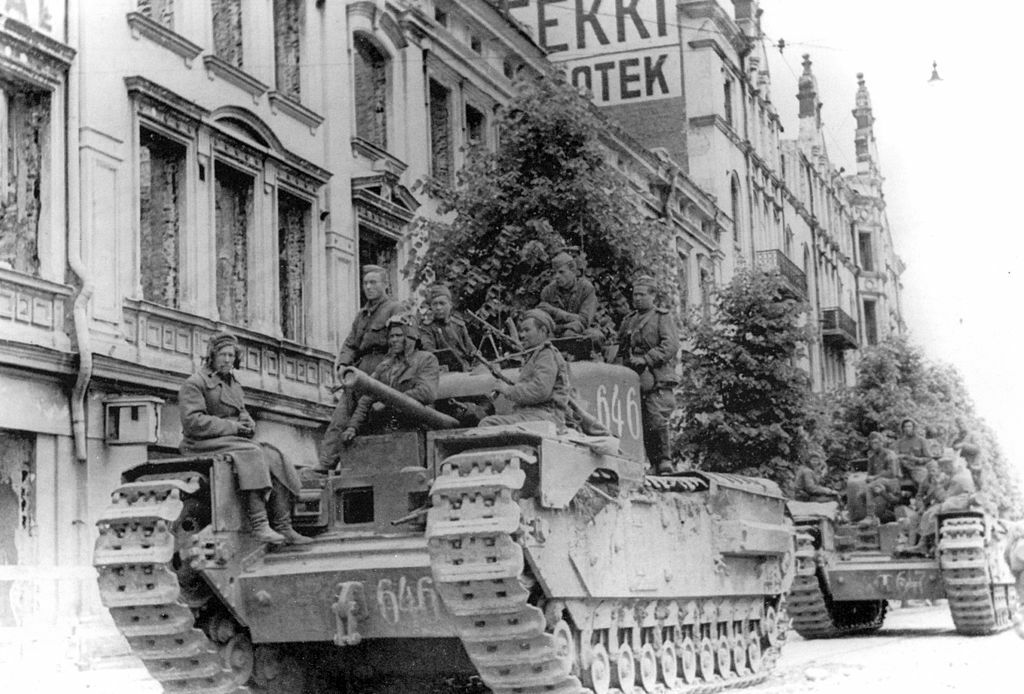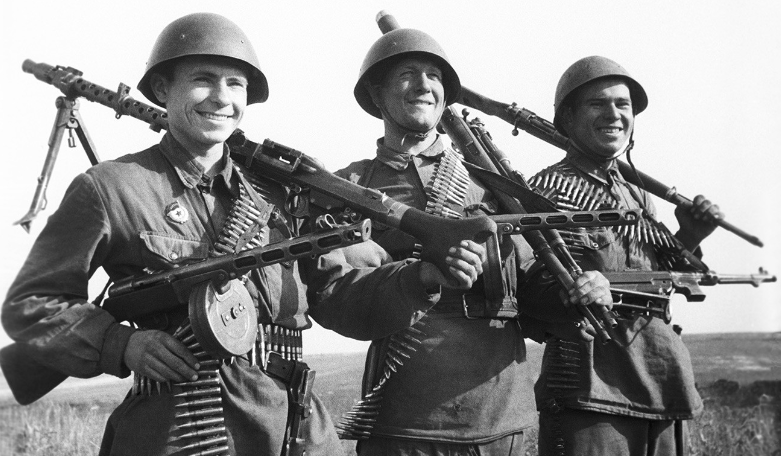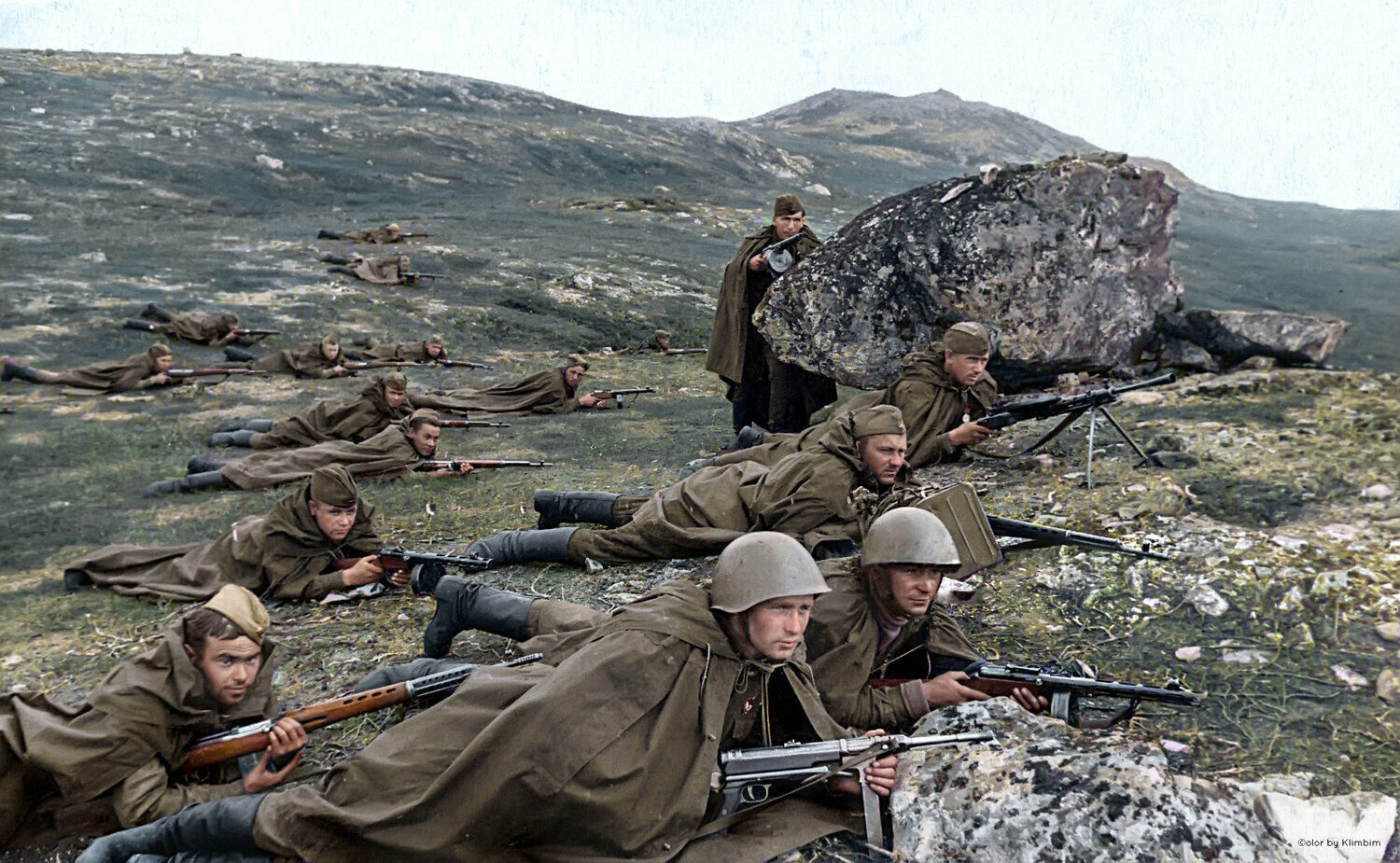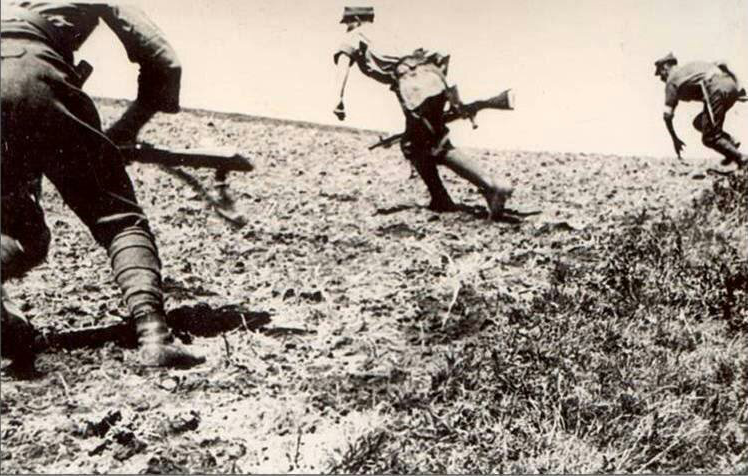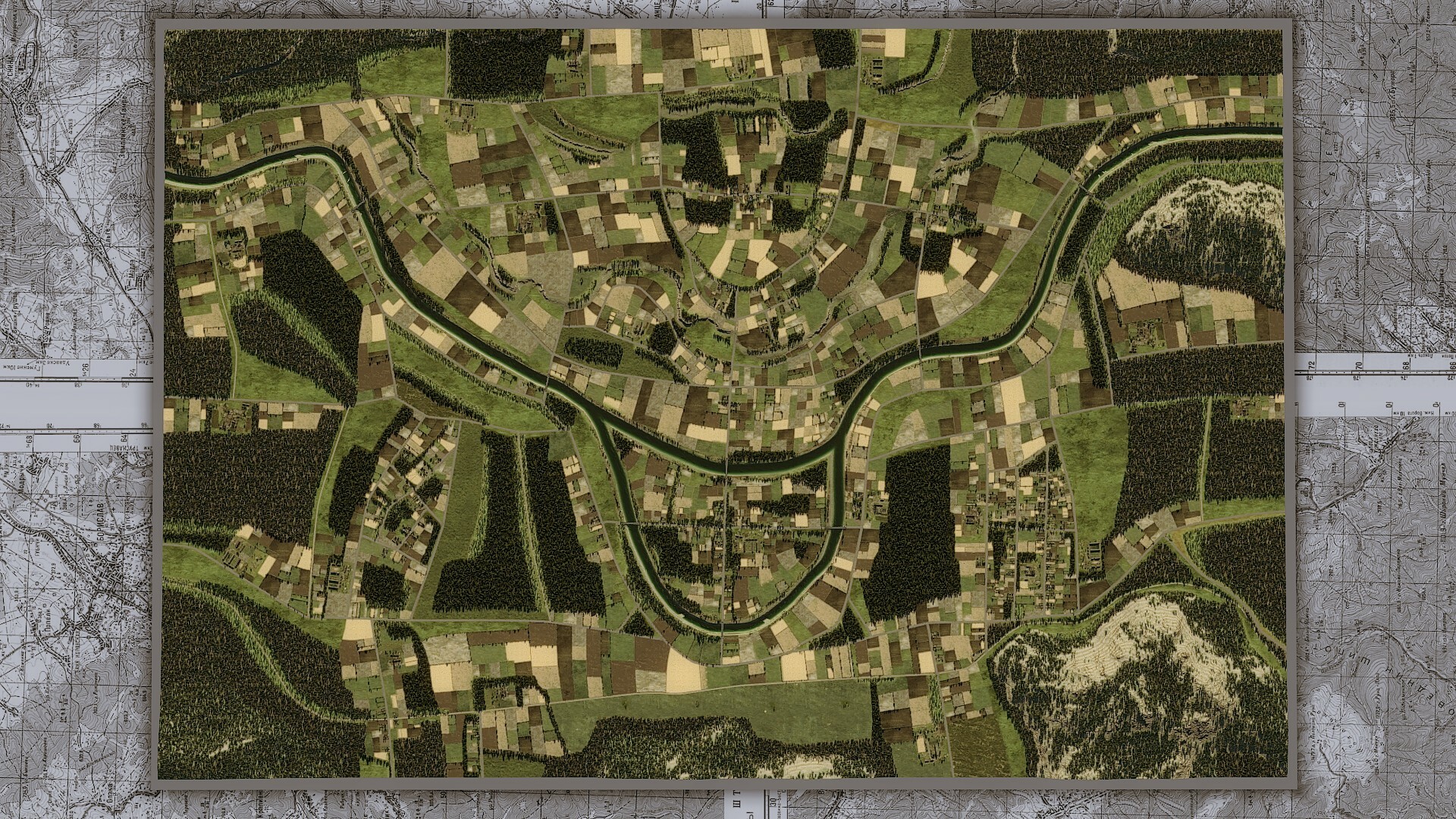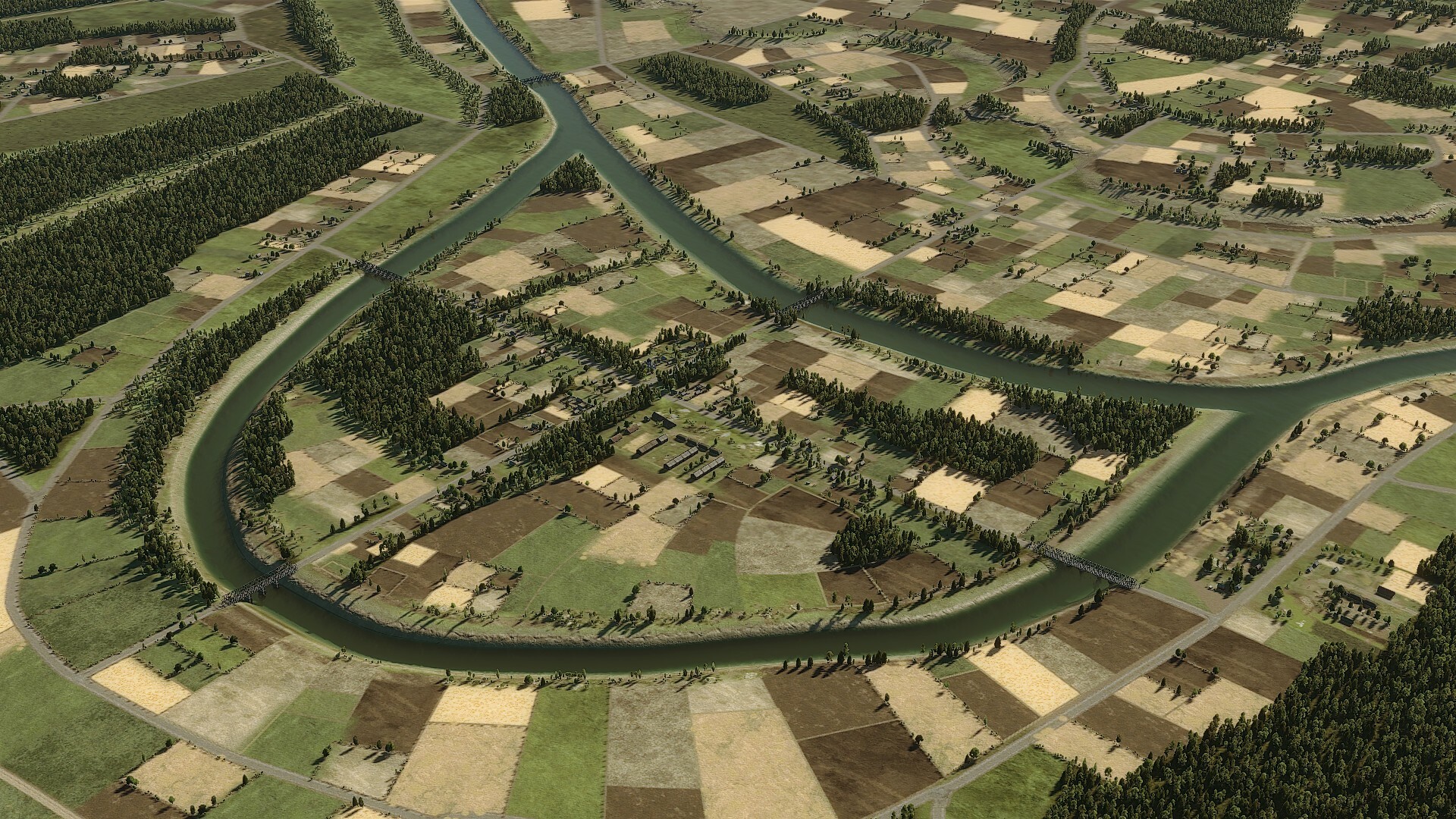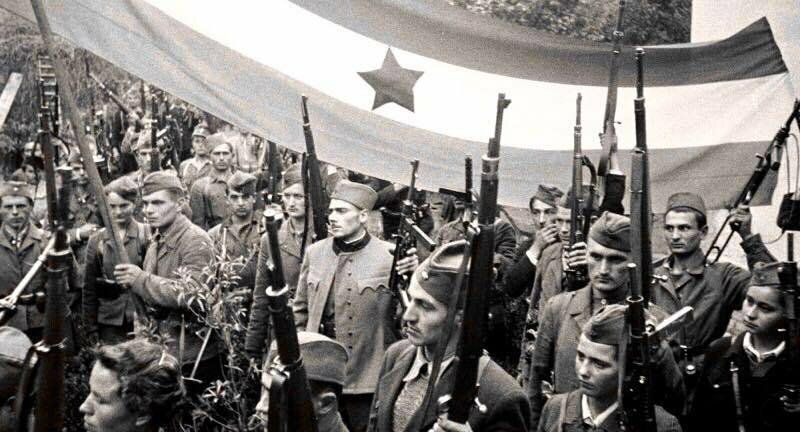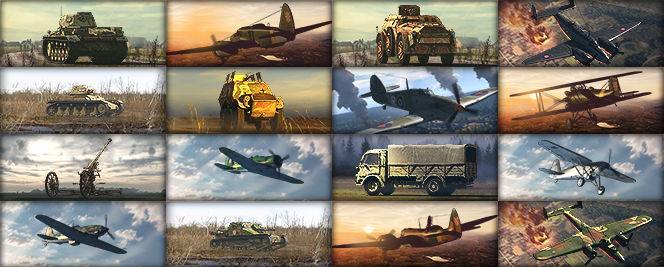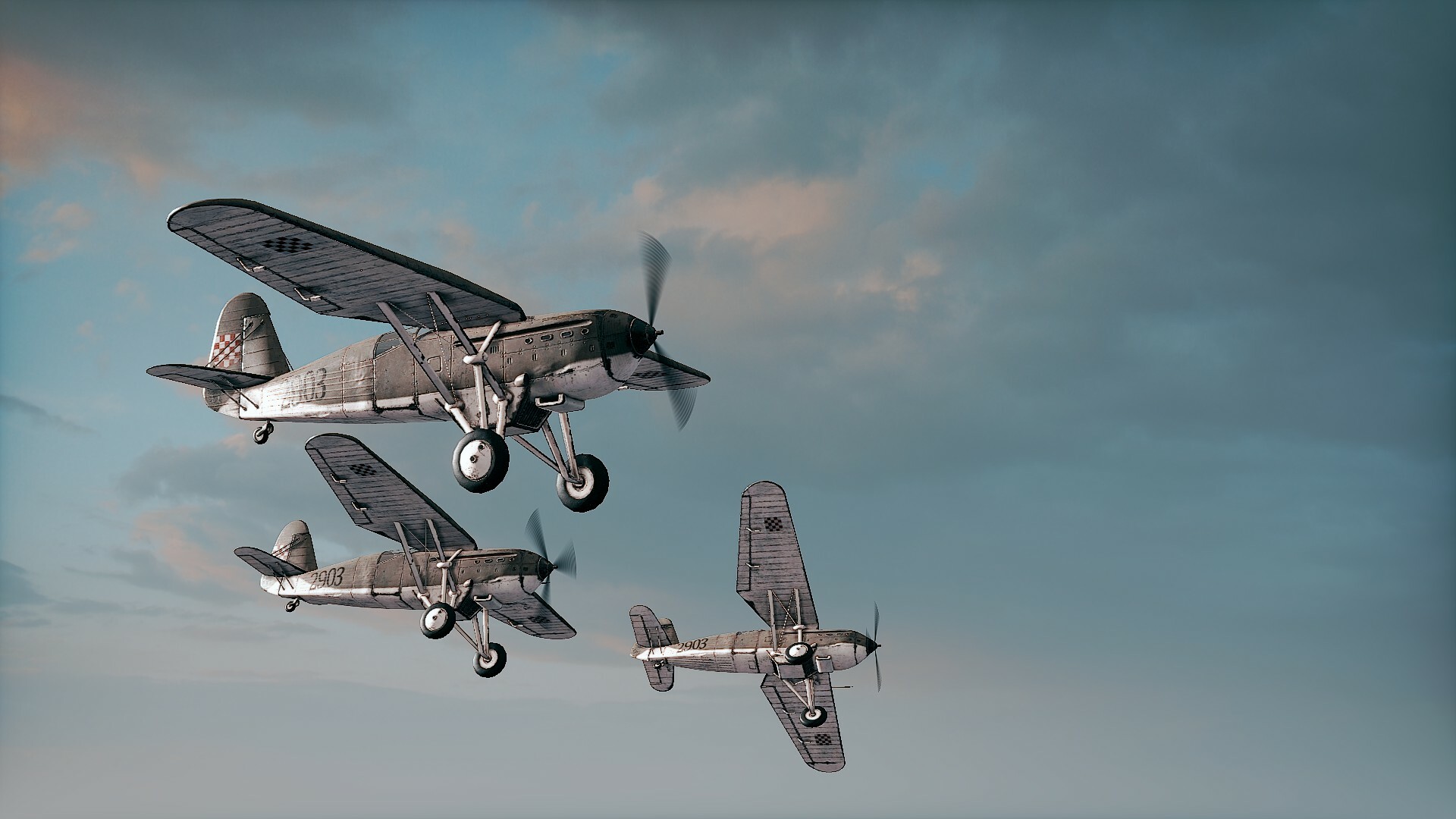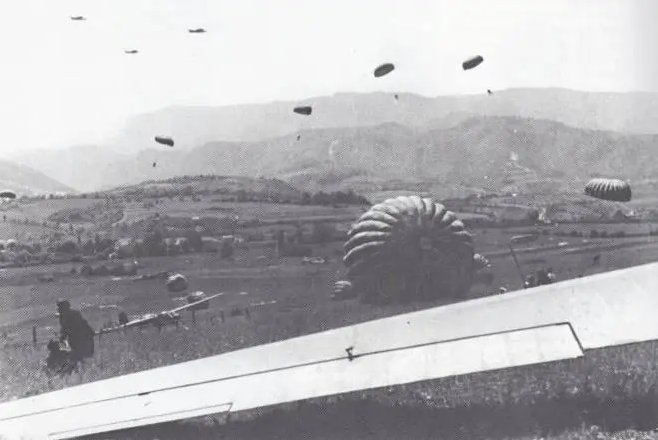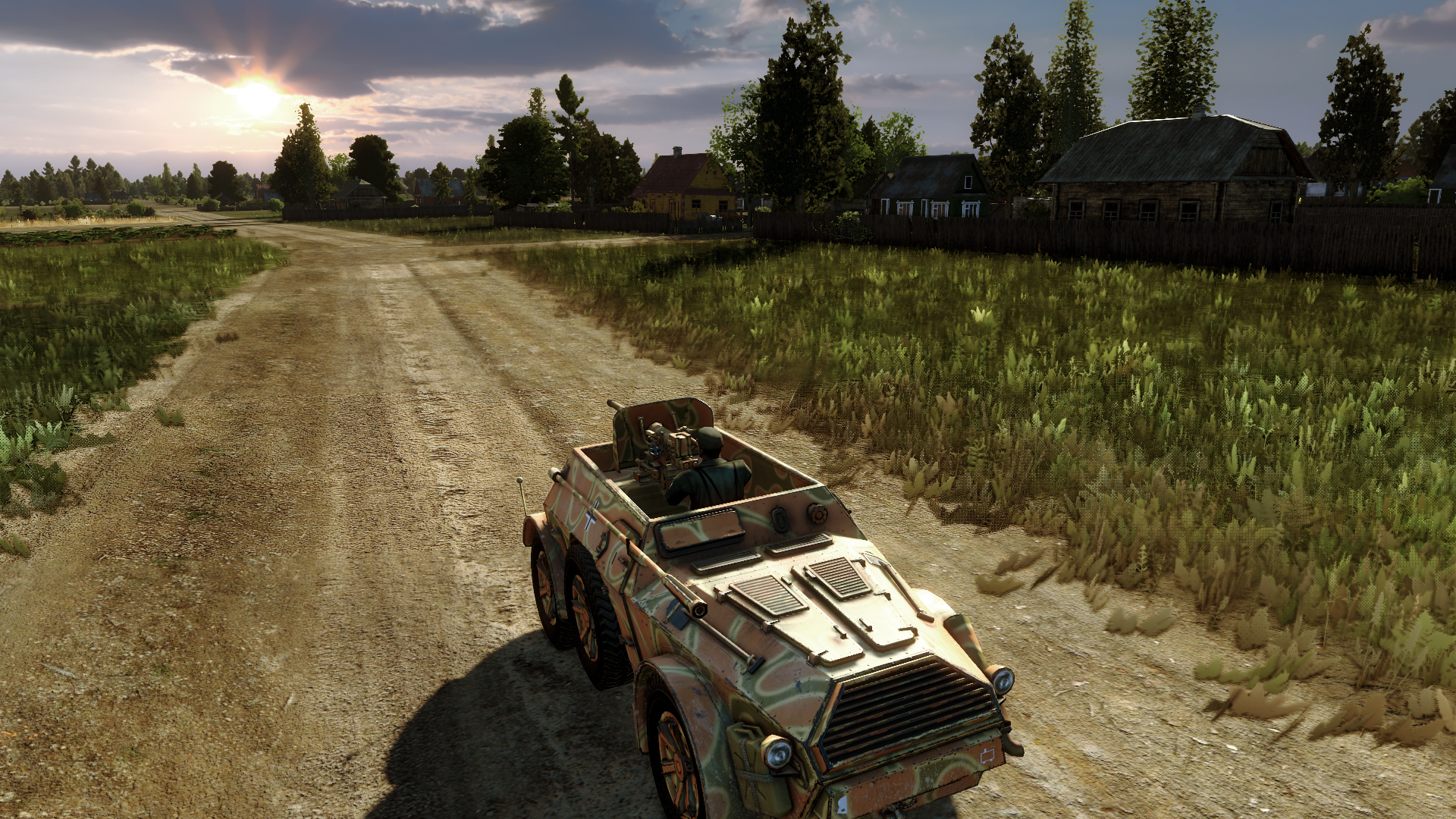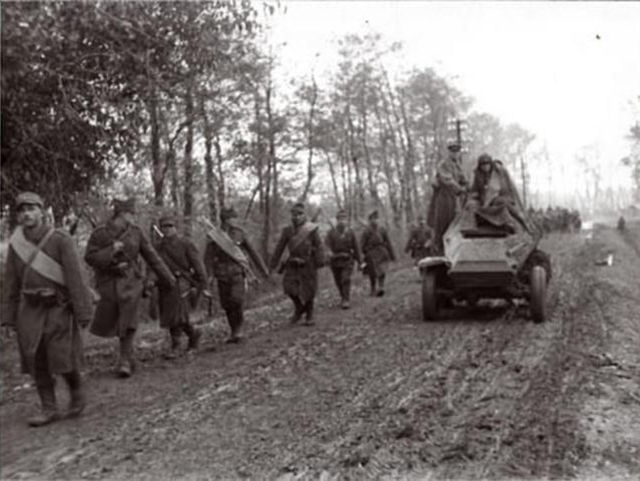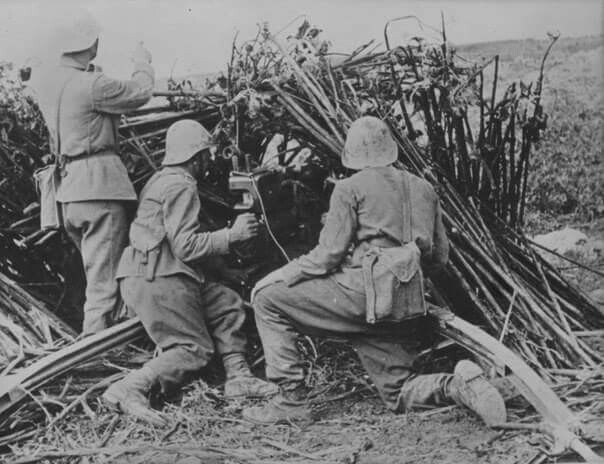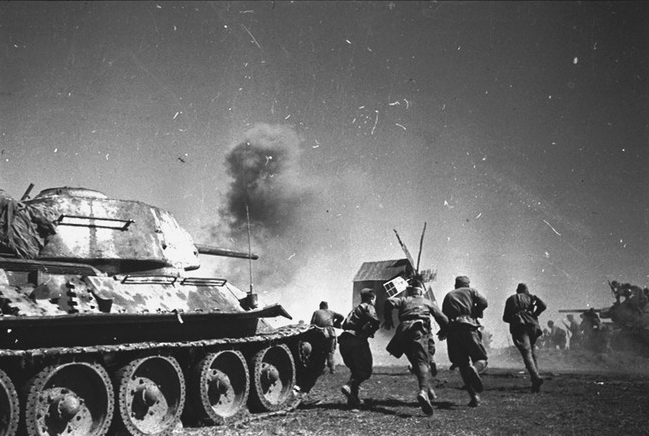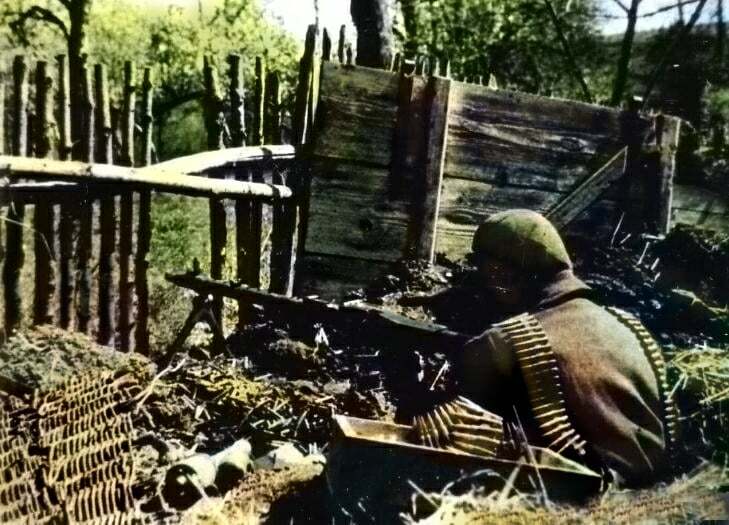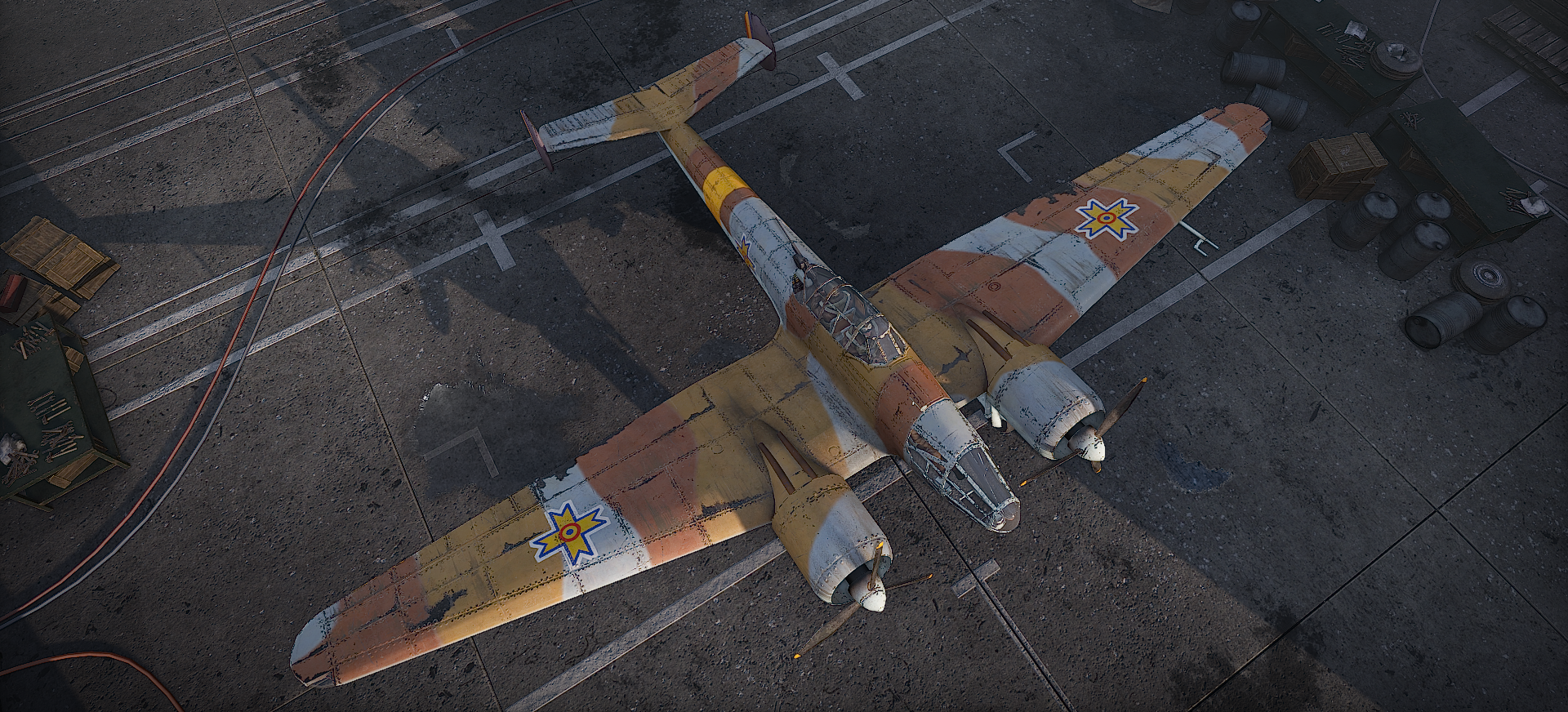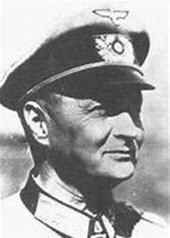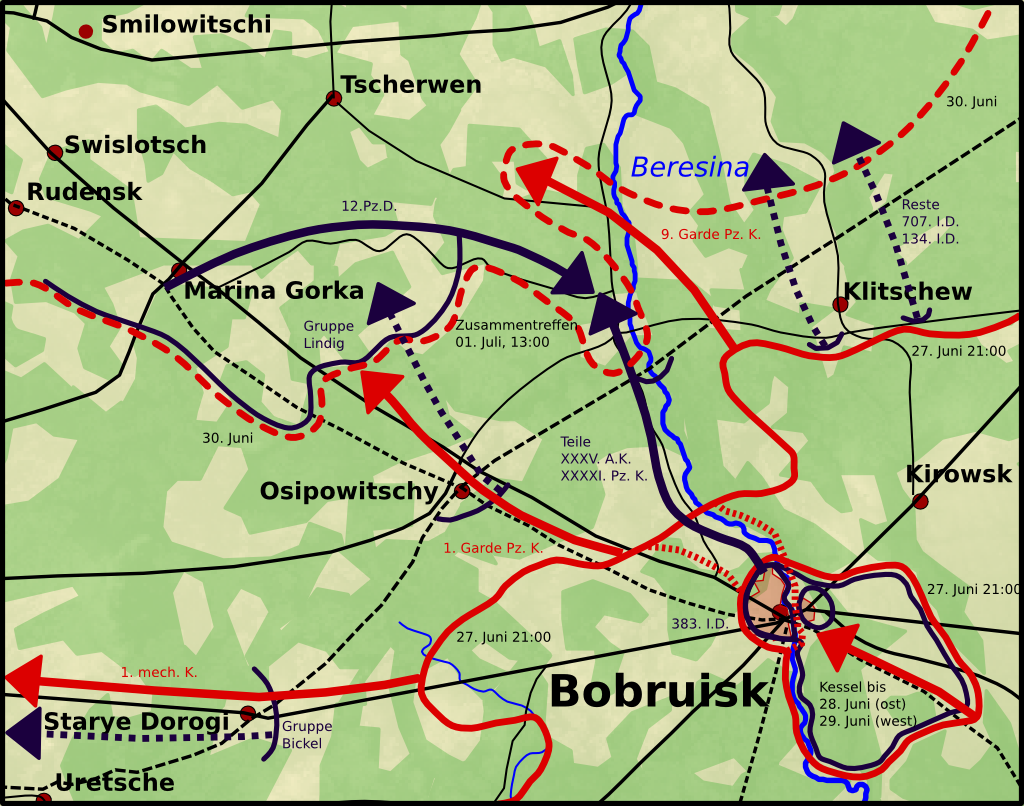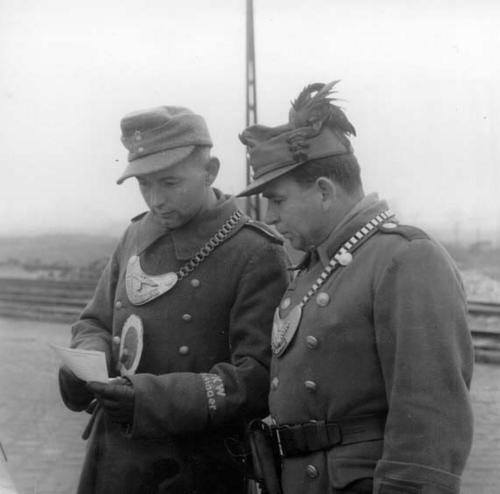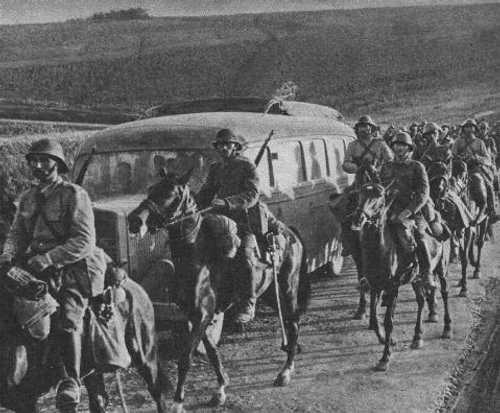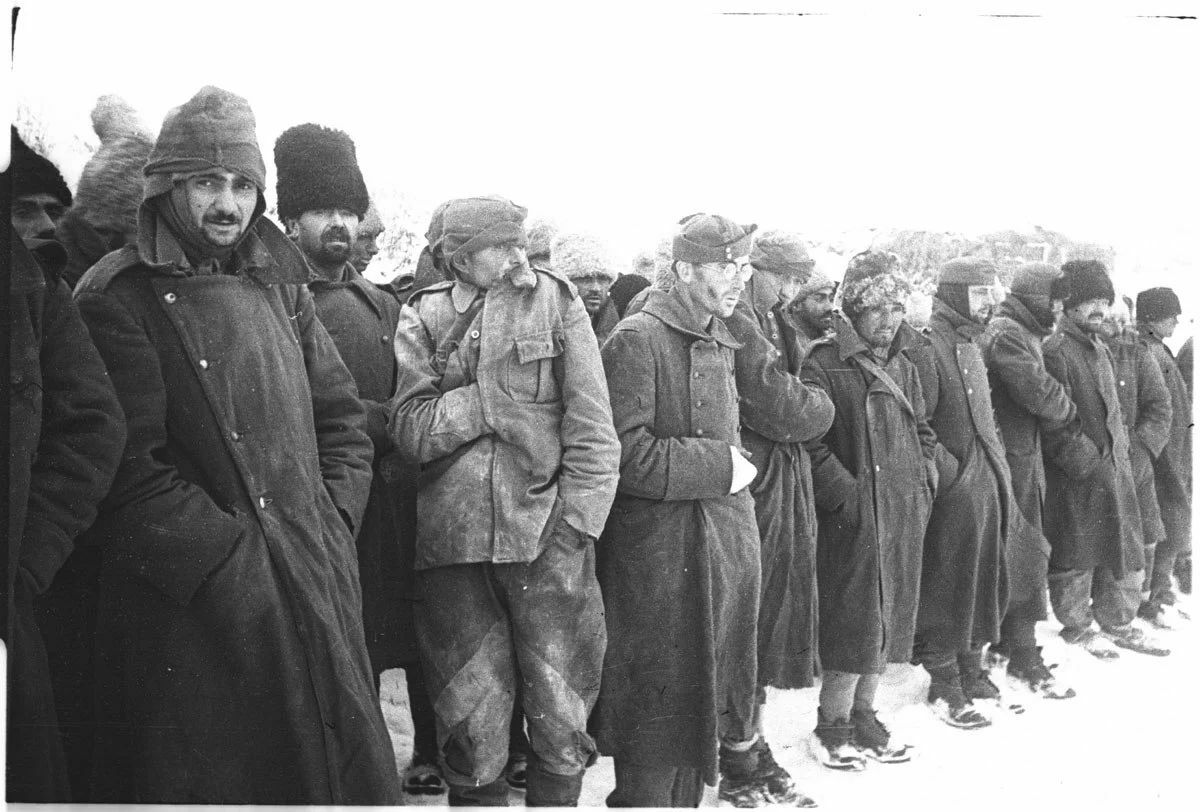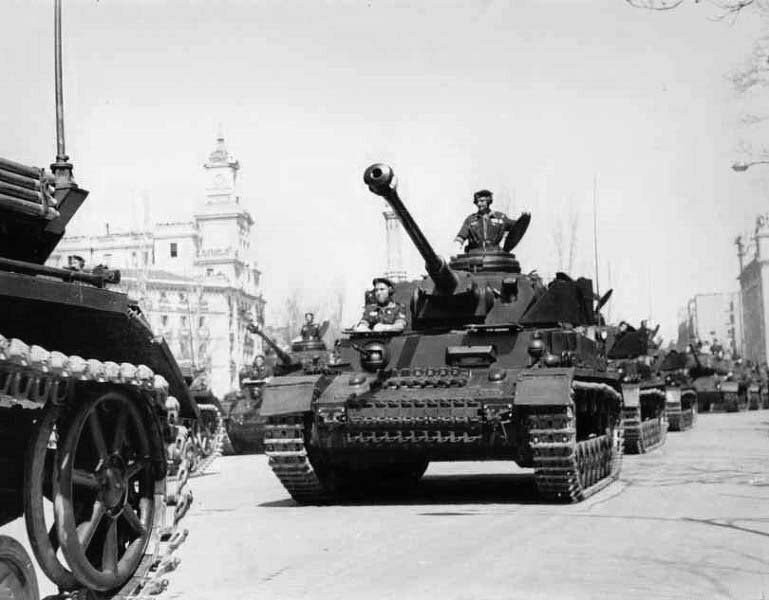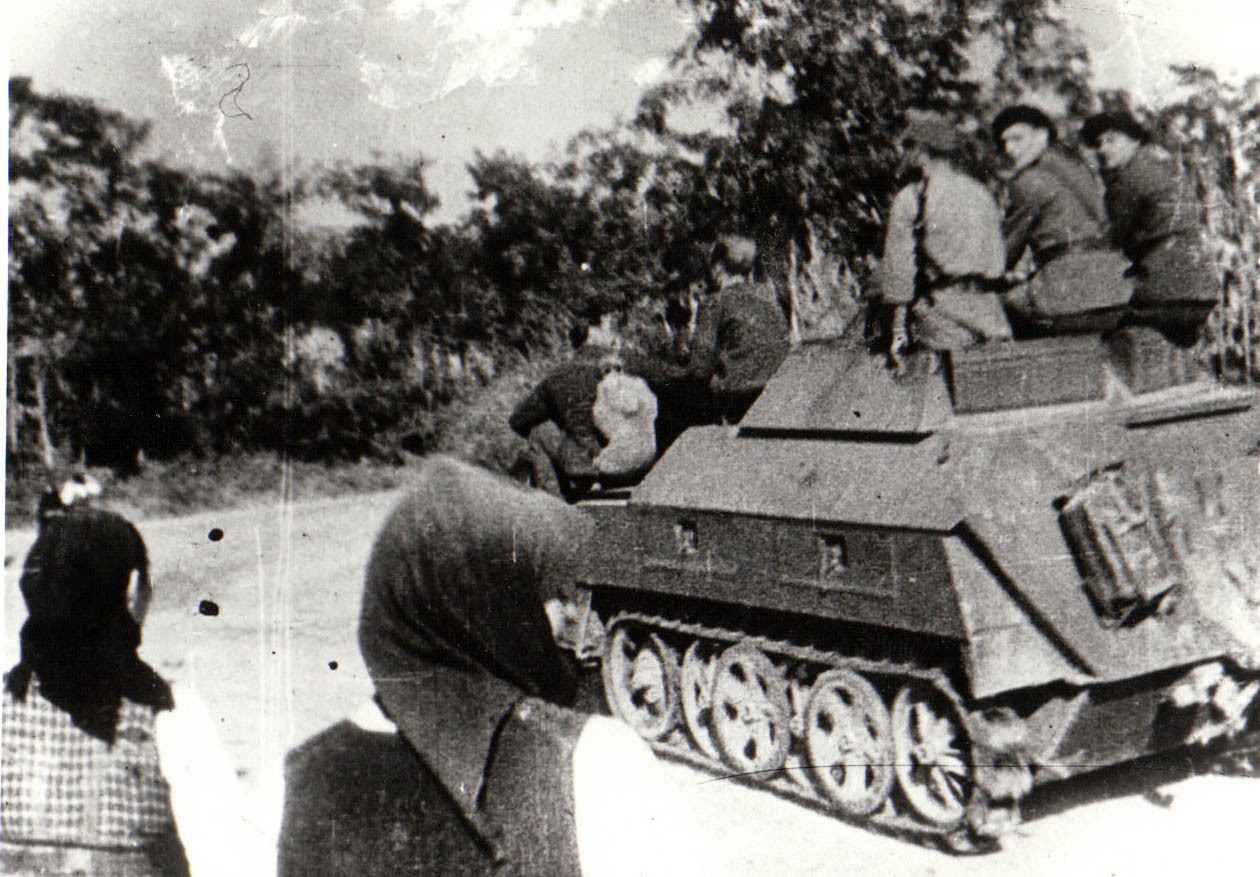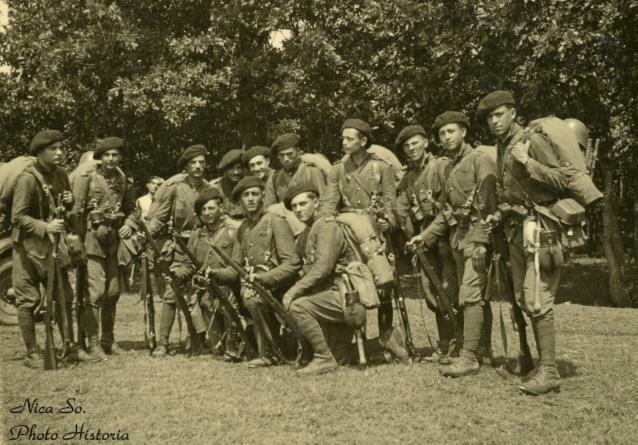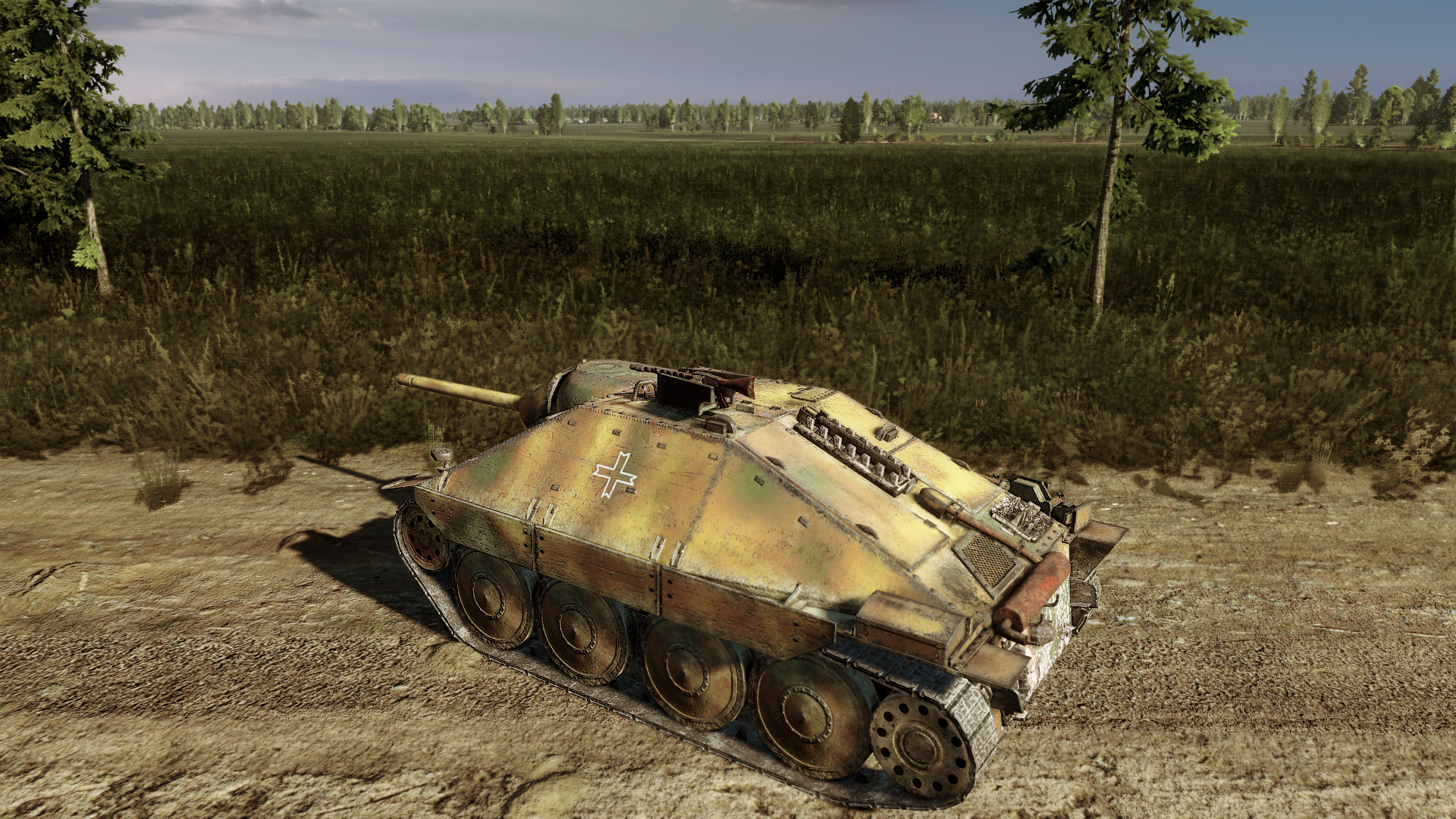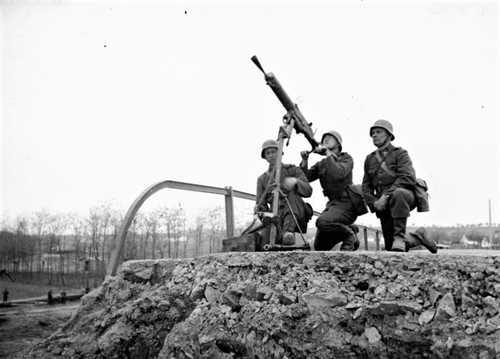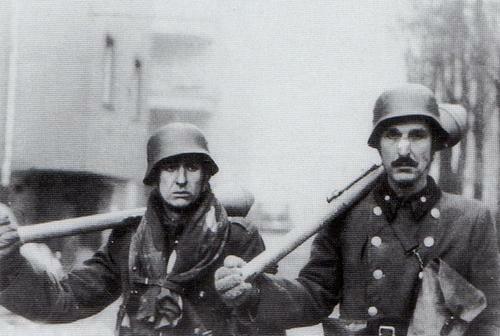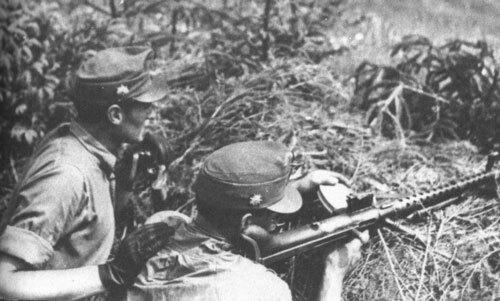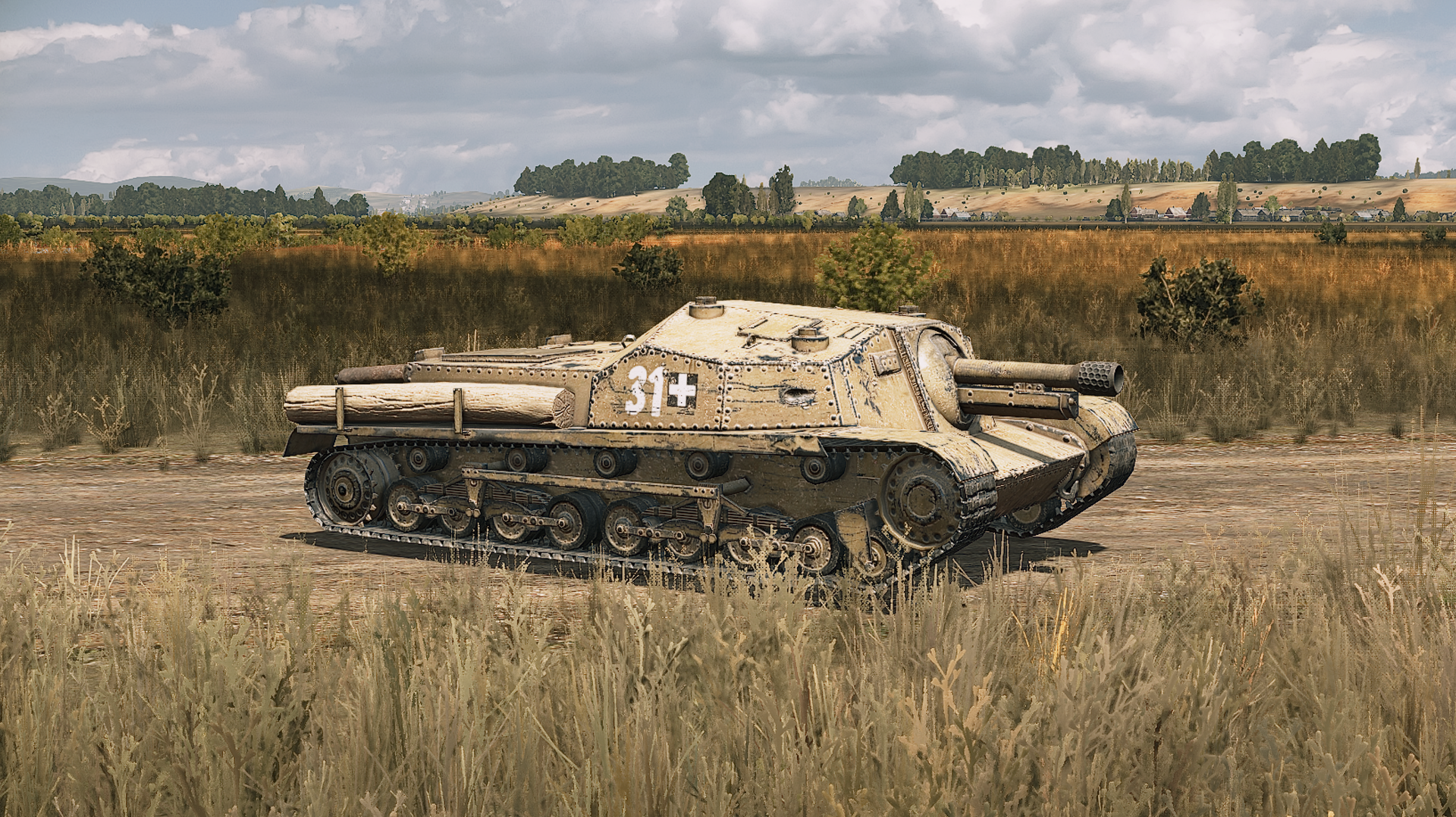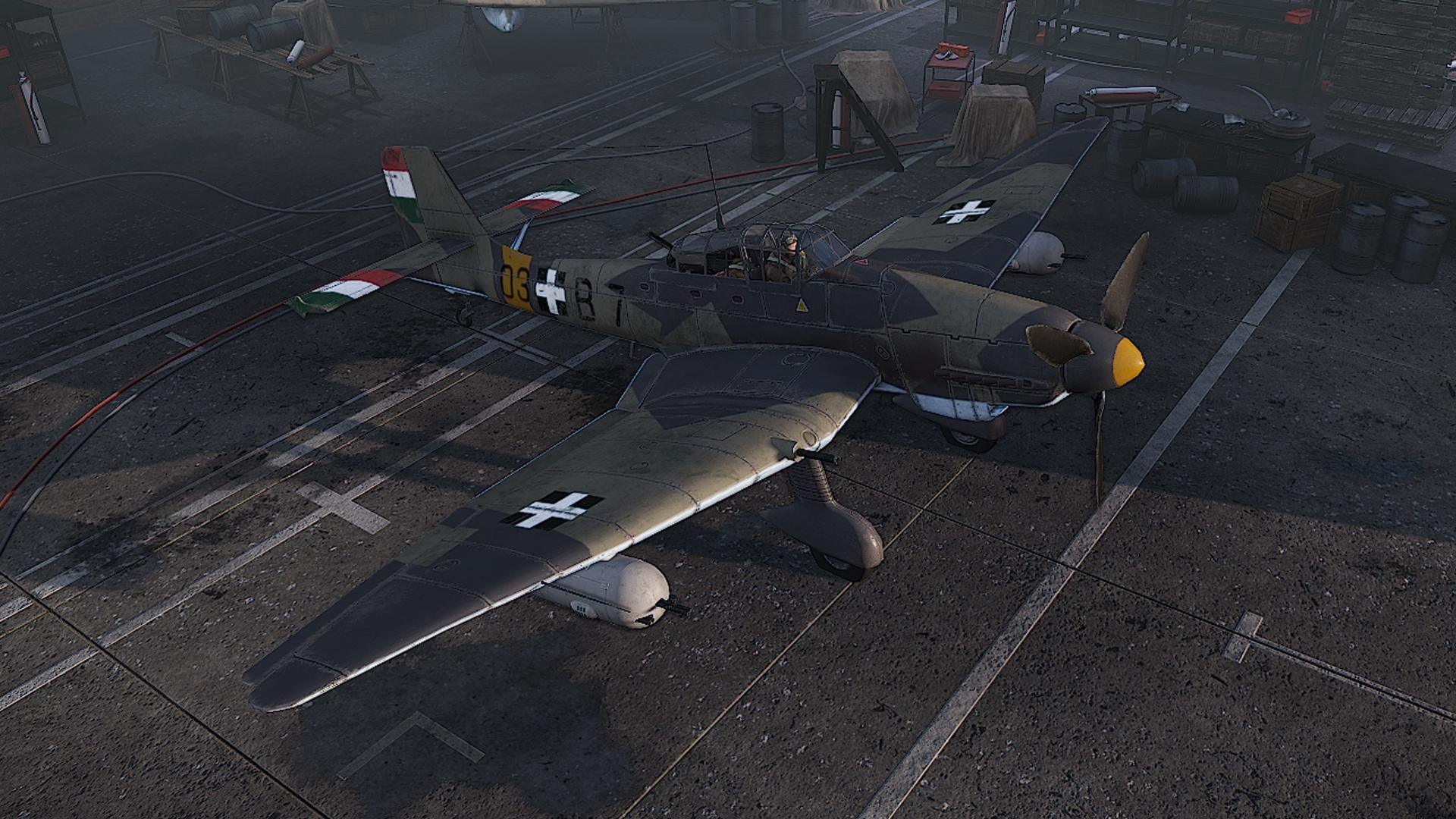
Jul 6, 2022
Steel Division 2 - [EUG] Gal Marcel Bigeard
Hello commander!
We are back at it with another deep dive into the next Nemesis DLC for Steel Division 2. This week, we’ll look at two divisions from an interesting (and long-running) World War II battle with our Nemesis: Siege of Dunkirk proposal.
Let’s find out all the juicy details!
Nemesis: Siege of Dunkirk focuses on an operation that began in 1944 but only finished two days after the official conclusion of World War II in Europe. This is the siege by the Allied Free Czechs and Slovaks of the German garrison in the fortified French port city of Dunkirk.
The two divisions featured in this Nemesis DLC are the unique Allied CIABG formation, (standing for the Czechoslovakian Independent Armoured Brigade Group) and the Axis Festung Dünkirchen.
After the Battle of Normandy and the subsequent Allied breakout, the First Canadian Army was allocated the objective to clear the Channel coast and capture its critical ports. With shattered German formations retreating hastily in early September, Hitler designated the ones that remained in German hands to be Festung cities. They were prepared to be defended to the last man at all costs.
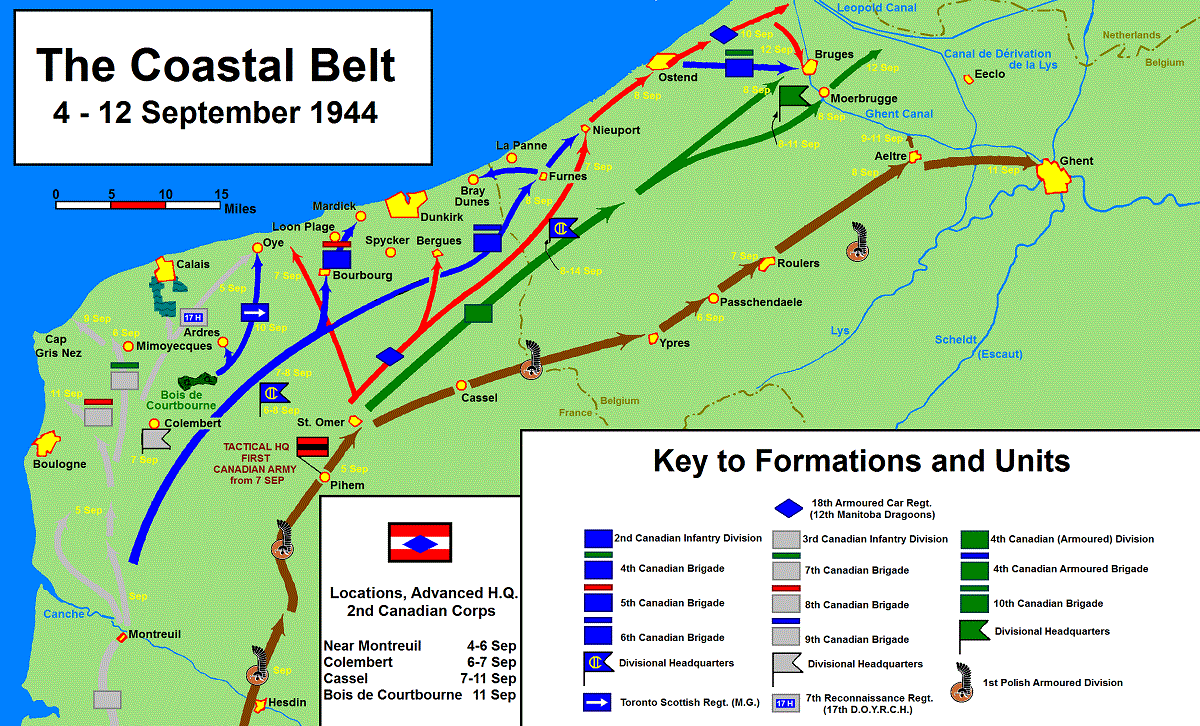
(source: http://www.canadiansoldiers.com/)
Dieppe and Le Havre were captured first. The Allies couldn’t count themselves lucky: the Dieppe port was too small, and Le Havre was so thoroughly demolished that repairing it would take a long time. That left Boulogne, Calais and Dunkirk. The first two-port cities were again seized, including nearby coastal batteries, but only after heavy fighting and with severe damage to the port facilities.
Dunkirk’s fate was different. The Allies reached the outskirts of the French city in early September, but the Commonwealth forces needed to storm the garrison were redirected to liberate Antwerp, in nearby Belgium. The larger port of the Flemish city further north was deemed more suitable for the Allied needs, with Dunkirk’s port already being destroyed. A costly and bloody assault on Dunkirk was unnecessary and not worth it; instead, the decision to siege was enacted.
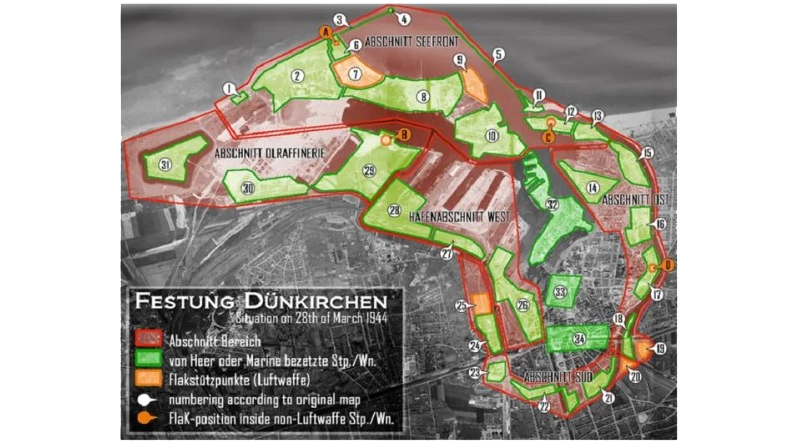
Allied forces around Dunkirk contained the Germans held within. They also tried to curtail the garrison’s supply through coastal waters, either by the Luftwaffe or through fast E-boats operating from the still-occupied Netherlands.
The fighting spirit of Festung Dünkirchen needs to be highlighted as the German forces launched one of the last successful operations in World War II. This can be attributed to its commander, Admiral Frisius, who maintained high morale among the garrison troops. He did so by combining iron disciple, aggressive sorties, and even amphibious raids, thus keeping a level of initiative.
Ready to take the war to the Allies, Operation Blücher saw the Germans push back the Allied perimeter by some 15 kilometers, destroying almost completely two French companies. The Allies themselves destroyed several bridges in order to stop the break-out. Victorious, the Germans settled into their new positions and held them until the very end of the war.
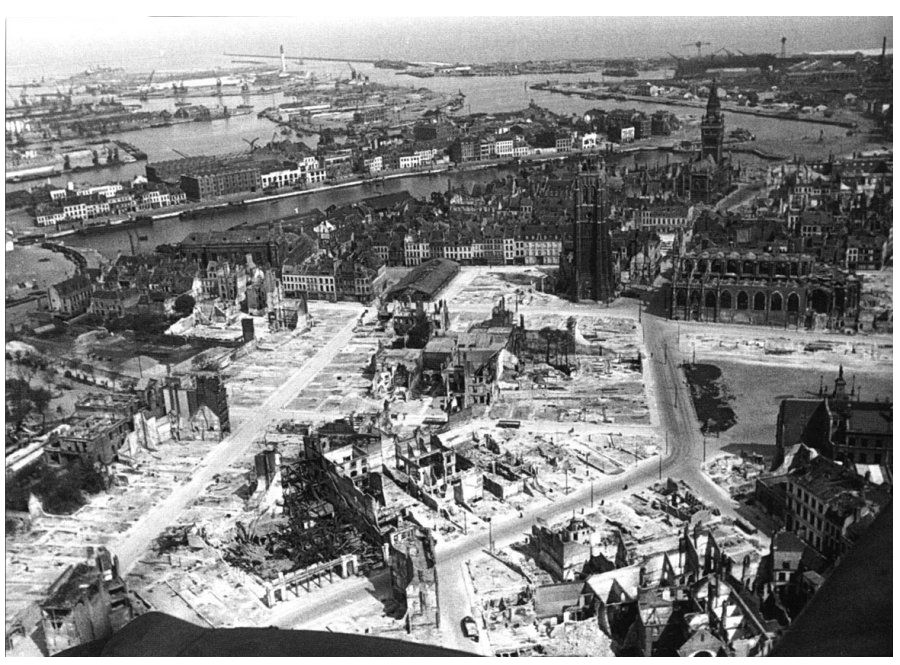
As always, we begin with our Axis battlegroup: the hard-fighting garrison troops of Festung Dünkirchen. This amalgamated division was made up of the recently created second-rate 226. Infanterie-Division. Various remnants of Wehrmacht formations mauled in Normandy supplemented the garrison, as well as Kriegsmarine and Luftwaffe personnel making up a quarter of the total forces available.

Like other Festungs (such as Festung Toulon, featured in Nemesis: Storming of Toulon), the garrison of Festung Dünkirchen is well supplied with artillery and AA units. This includes the heavy Flak 105mm and even new Flak 28(p), the ubiquitous Bofors captured from Poland in 1939, and Flak 31M(r) (Soviet 85mm AA guns). Of course, the ever-present Flak 20mm and Flak 88mm can also be deployed. Other pieces include K30(t) 76,5mm (Czech. vz.30) and K418(f) 155mm (French GPF) howitzers.
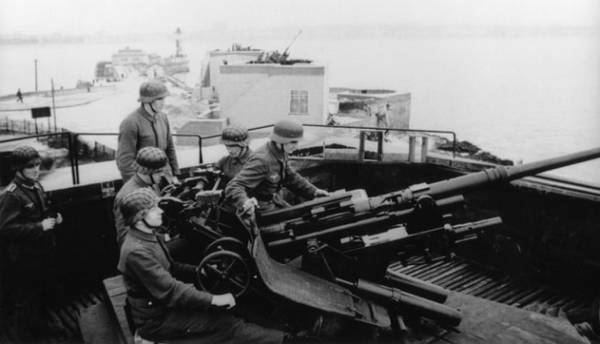
The garrison can count on well-trained and aggressive infantry, who launched daring raids on the Allied lines until the very end of the siege. Wehrmacht and Kriegsmarine raiding parties will represent these. The soldiers were well-equipped, having access to a large weapon depot with plenty of Panzerfaust, Panzerschreck and explosives.
There were some armored units available, though the number of tanks the garrison could deploy fluctuated heavily during the siege. Regardless, some were always serviceable, which results in a pair of phase-locked Panzer IV and StuG, as well as a few Marders. Festung Dünkirchen even has access to one remaining, and hard-working, Jagdpanther.
Coastal batteries and forts surrounded Dunkirk, which could also turn their guns to fire inland. As such, Festung Dünkirchen can count on heavy off-map support from 164mm and 194mm pieces.
This firepower, as well as a powerful Flak, might compensate for this battlegroup’s terrible lack of air cover!
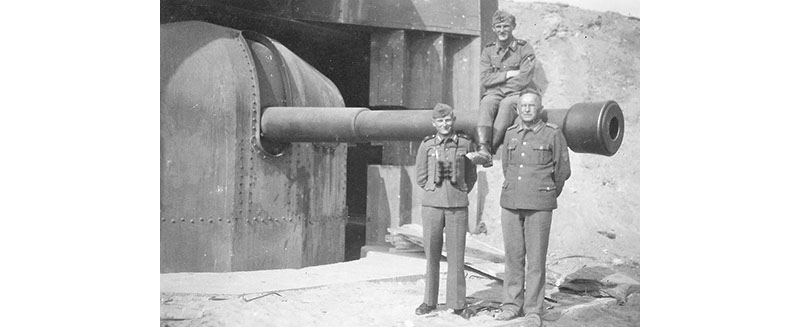
The Czechoslovakian Independent Armoured Brigade Group or CIABG are Free Czech and Slovak forces. They were exiled first to France (where they formed a foreign division in the French Army in 1940) and then, after the fall of France, to the United Kingdom before being shipped to Palestine. After combat in North Africa, all free Czechs and Slovaks fighting in Allied territories were regrouped to form the CIABG.

Landing in France a week after Nazi Germany’s defeat at the Falaise pocket, the brigade formed part of the First Canadian Army. The CIABG was detailed to relieve the original wave of Canadian and British troops invested around Dunkirk. And for the rest of the war, they never left.
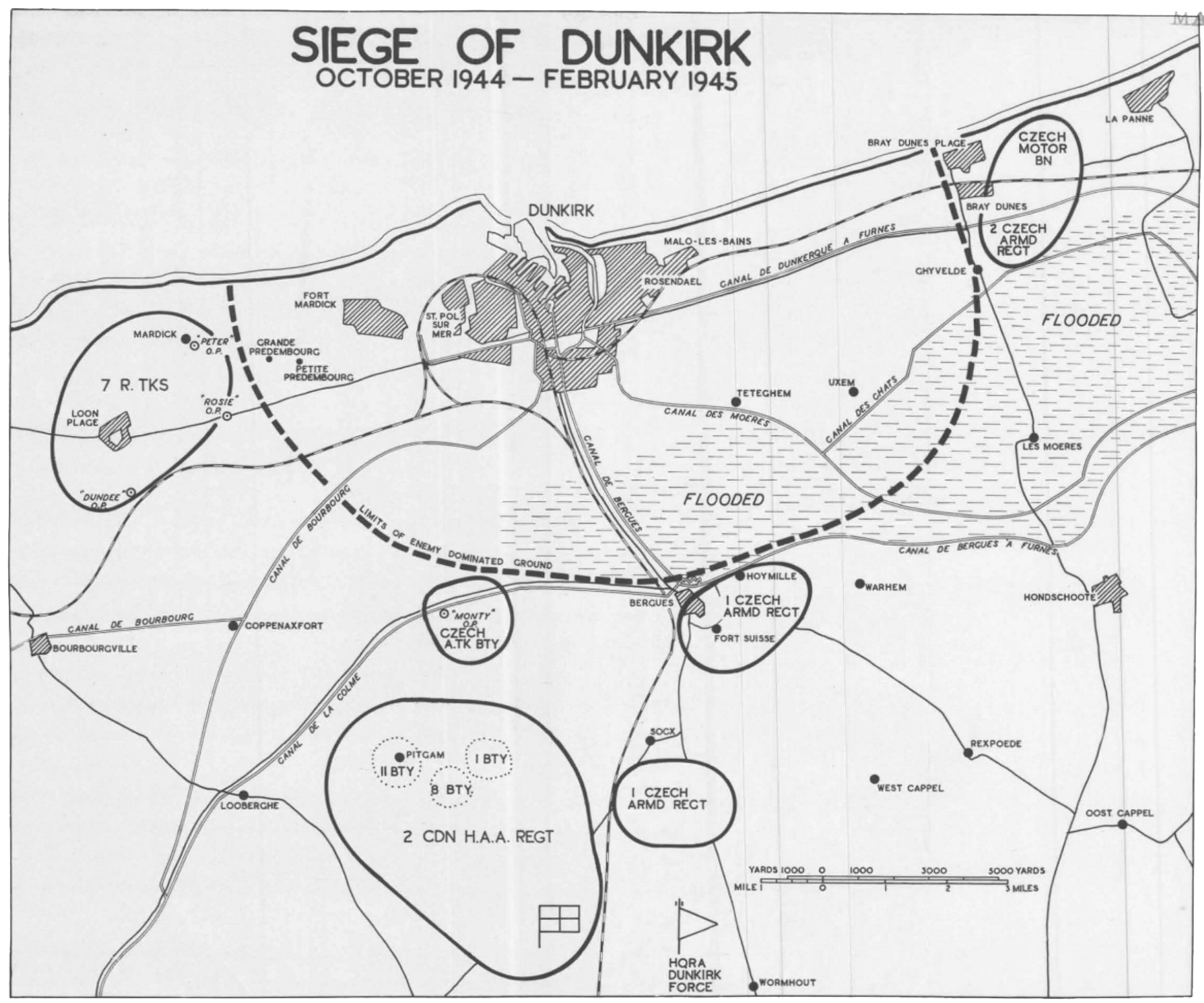
As a brigade, the CIABG had an unusual structure with lots of tanks but little infantry - also not the most obvious choice in the slogging, rather a static fight that characterized Dunkirk. In terms of total armor, most of the tanks were Cromwell, including 95mm CS variants. These can be found to perform a variety of roles, from recon to command. A handful of Fireflies, Stuart light tanks and Crusader AA tanks are also available. The formation also had access to a British tank regiment bringing Churchills.
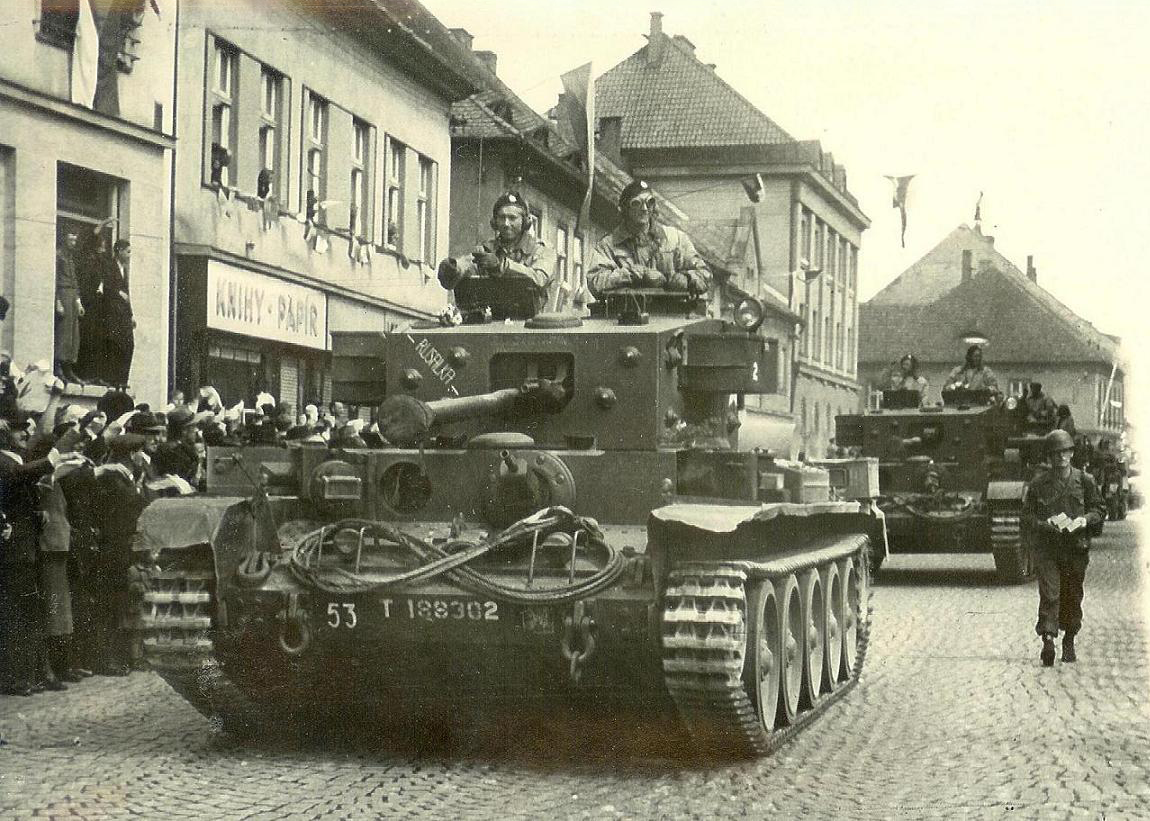
In comparison, the brigade’s infantry strength was in dire straights, with only a single (reduced!) infantry battalion available. Unlike the rest of the formation’s equipment, the soldiers were equipped with Thompson SMGs instead of Stens.
To compensate for this dramatic lack of infantry, the CIABG was given the recently reformed French 110e Régiment d’Infanterie, which were actually enlisted FFI partisans. Half-dressed in civilian clothes and equipped with German captured small arms and some British, these French forces will be the mainstay of the CIABG’s infantry. The French were part of Forces Françaises de l’Ouest, a force at the bottom of the priority list for new equipment. So destitute were they that some local commanders loaded fishing boats with wine bottles and sent them to the UK to trade them for whatever military materiel they could find.

Additional troops come from British Converted Gunners, hailing from AA, artillery, and even surplus RAF ground crew. A few Czech riflemen will be veterans, while FFI-turned-soldiers will come veterancy-locked. French and Czech soldiers got along well and even formed mixed assault patrols. These will be featured as heavy assault/recon squads. The French also provide reformed Fusiliers-Marins as scouts.
Additional support comes as 17-pdr and 25-pdr artillery guns, Bofors AA and a recon squadron featuring Humber Scout Car and the unusual new Humberette Scout Car. Some French World War 1-era guns, captured by the Germans in 1940 and used as the K418 (f), were in turn recaptured by the CIABG and recrewed by the French during the siege. The Czech, likewise, had a passion for reusing seized equipment from the enemy. They ended up shelling the Dunkirk garrison with a Flak 88mm gun, a few Flakvierling and the K418(f).
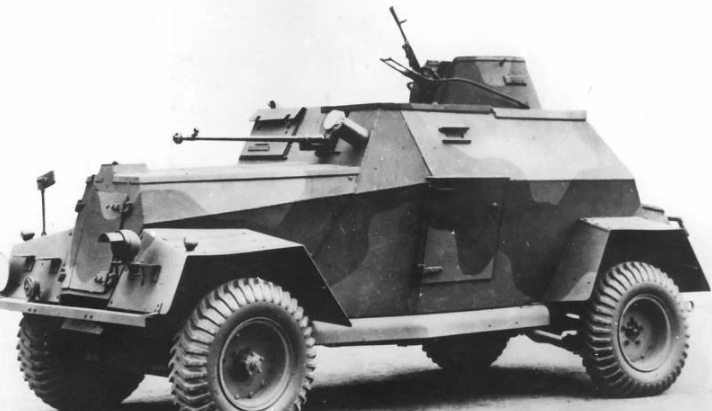
Canadian heavy AA guns, such as the QF 3,7-inch (94mm) heavy dual-purpose AA guns (introduced with the South African division in the Tribute to the Liberation of Italy expansion) and the new heavy British (siege) howitzer BL 7.2-inch (182,5mm) will also be featured as attachements.
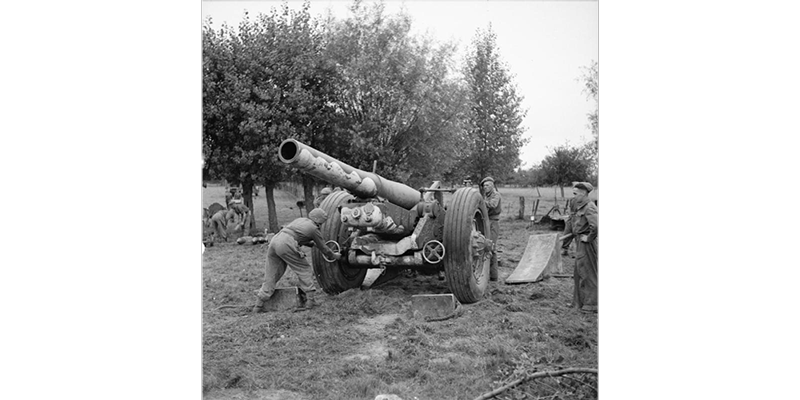
Our Nemesis DLC community vote presents one option of two new divisions (with new units and weapons) each week. When we have finished our run, you get one vote to choose between one of the three options. The Eugen team will then design, develop, test, and implement the chosen Nemesis option, to be released in the future. We hope Nemesis #6’s ballot and results will be concluded before the end of July!
Don’t forget to check out the latest Nemesis DLC for Steel Division 2: Nemesis: Raid on Drvar.
https://store.steampowered.com/app/1833830/Steel_Division_2__Nemesis_5__Raid_on_Drvar/
That’s all done and dusted for Nemesis DLC option two. Let us know what you think!
Be sure to join the Steel Division 2 community on our Steam forums. If you want to keep up to date with the latest Steel Division 2, keep an eye out on our Instagram. Looking for an online game? Visit the Discord server or Reddit page and get involved with the lively Steel Division 2 community!
See you on the battlefield, commander.
We are back at it with another deep dive into the next Nemesis DLC for Steel Division 2. This week, we’ll look at two divisions from an interesting (and long-running) World War II battle with our Nemesis: Siege of Dunkirk proposal.
Let’s find out all the juicy details!
A rather long affair
Nemesis: Siege of Dunkirk focuses on an operation that began in 1944 but only finished two days after the official conclusion of World War II in Europe. This is the siege by the Allied Free Czechs and Slovaks of the German garrison in the fortified French port city of Dunkirk.
The two divisions featured in this Nemesis DLC are the unique Allied CIABG formation, (standing for the Czechoslovakian Independent Armoured Brigade Group) and the Axis Festung Dünkirchen.
Some historical context
After the Battle of Normandy and the subsequent Allied breakout, the First Canadian Army was allocated the objective to clear the Channel coast and capture its critical ports. With shattered German formations retreating hastily in early September, Hitler designated the ones that remained in German hands to be Festung cities. They were prepared to be defended to the last man at all costs.

(source: http://www.canadiansoldiers.com/)
Dieppe and Le Havre were captured first. The Allies couldn’t count themselves lucky: the Dieppe port was too small, and Le Havre was so thoroughly demolished that repairing it would take a long time. That left Boulogne, Calais and Dunkirk. The first two-port cities were again seized, including nearby coastal batteries, but only after heavy fighting and with severe damage to the port facilities.
A stalemate
Dunkirk’s fate was different. The Allies reached the outskirts of the French city in early September, but the Commonwealth forces needed to storm the garrison were redirected to liberate Antwerp, in nearby Belgium. The larger port of the Flemish city further north was deemed more suitable for the Allied needs, with Dunkirk’s port already being destroyed. A costly and bloody assault on Dunkirk was unnecessary and not worth it; instead, the decision to siege was enacted.

Allied forces around Dunkirk contained the Germans held within. They also tried to curtail the garrison’s supply through coastal waters, either by the Luftwaffe or through fast E-boats operating from the still-occupied Netherlands.
The fighting spirit of Festung Dünkirchen needs to be highlighted as the German forces launched one of the last successful operations in World War II. This can be attributed to its commander, Admiral Frisius, who maintained high morale among the garrison troops. He did so by combining iron disciple, aggressive sorties, and even amphibious raids, thus keeping a level of initiative.
Ready to take the war to the Allies, Operation Blücher saw the Germans push back the Allied perimeter by some 15 kilometers, destroying almost completely two French companies. The Allies themselves destroyed several bridges in order to stop the break-out. Victorious, the Germans settled into their new positions and held them until the very end of the war.

Festung Dünkirchen
As always, we begin with our Axis battlegroup: the hard-fighting garrison troops of Festung Dünkirchen. This amalgamated division was made up of the recently created second-rate 226. Infanterie-Division. Various remnants of Wehrmacht formations mauled in Normandy supplemented the garrison, as well as Kriegsmarine and Luftwaffe personnel making up a quarter of the total forces available.

Like other Festungs (such as Festung Toulon, featured in Nemesis: Storming of Toulon), the garrison of Festung Dünkirchen is well supplied with artillery and AA units. This includes the heavy Flak 105mm and even new Flak 28(p), the ubiquitous Bofors captured from Poland in 1939, and Flak 31M(r) (Soviet 85mm AA guns). Of course, the ever-present Flak 20mm and Flak 88mm can also be deployed. Other pieces include K30(t) 76,5mm (Czech. vz.30) and K418(f) 155mm (French GPF) howitzers.

The garrison can count on well-trained and aggressive infantry, who launched daring raids on the Allied lines until the very end of the siege. Wehrmacht and Kriegsmarine raiding parties will represent these. The soldiers were well-equipped, having access to a large weapon depot with plenty of Panzerfaust, Panzerschreck and explosives.
There were some armored units available, though the number of tanks the garrison could deploy fluctuated heavily during the siege. Regardless, some were always serviceable, which results in a pair of phase-locked Panzer IV and StuG, as well as a few Marders. Festung Dünkirchen even has access to one remaining, and hard-working, Jagdpanther.
Coastal batteries and forts surrounded Dunkirk, which could also turn their guns to fire inland. As such, Festung Dünkirchen can count on heavy off-map support from 164mm and 194mm pieces.
This firepower, as well as a powerful Flak, might compensate for this battlegroup’s terrible lack of air cover!

CIABG
The Czechoslovakian Independent Armoured Brigade Group or CIABG are Free Czech and Slovak forces. They were exiled first to France (where they formed a foreign division in the French Army in 1940) and then, after the fall of France, to the United Kingdom before being shipped to Palestine. After combat in North Africa, all free Czechs and Slovaks fighting in Allied territories were regrouped to form the CIABG.

Landing in France a week after Nazi Germany’s defeat at the Falaise pocket, the brigade formed part of the First Canadian Army. The CIABG was detailed to relieve the original wave of Canadian and British troops invested around Dunkirk. And for the rest of the war, they never left.

An unusual formation
As a brigade, the CIABG had an unusual structure with lots of tanks but little infantry - also not the most obvious choice in the slogging, rather a static fight that characterized Dunkirk. In terms of total armor, most of the tanks were Cromwell, including 95mm CS variants. These can be found to perform a variety of roles, from recon to command. A handful of Fireflies, Stuart light tanks and Crusader AA tanks are also available. The formation also had access to a British tank regiment bringing Churchills.

In comparison, the brigade’s infantry strength was in dire straights, with only a single (reduced!) infantry battalion available. Unlike the rest of the formation’s equipment, the soldiers were equipped with Thompson SMGs instead of Stens.
To compensate for this dramatic lack of infantry, the CIABG was given the recently reformed French 110e Régiment d’Infanterie, which were actually enlisted FFI partisans. Half-dressed in civilian clothes and equipped with German captured small arms and some British, these French forces will be the mainstay of the CIABG’s infantry. The French were part of Forces Françaises de l’Ouest, a force at the bottom of the priority list for new equipment. So destitute were they that some local commanders loaded fishing boats with wine bottles and sent them to the UK to trade them for whatever military materiel they could find.

Additional troops come from British Converted Gunners, hailing from AA, artillery, and even surplus RAF ground crew. A few Czech riflemen will be veterans, while FFI-turned-soldiers will come veterancy-locked. French and Czech soldiers got along well and even formed mixed assault patrols. These will be featured as heavy assault/recon squads. The French also provide reformed Fusiliers-Marins as scouts.
Additional support comes as 17-pdr and 25-pdr artillery guns, Bofors AA and a recon squadron featuring Humber Scout Car and the unusual new Humberette Scout Car. Some French World War 1-era guns, captured by the Germans in 1940 and used as the K418 (f), were in turn recaptured by the CIABG and recrewed by the French during the siege. The Czech, likewise, had a passion for reusing seized equipment from the enemy. They ended up shelling the Dunkirk garrison with a Flak 88mm gun, a few Flakvierling and the K418(f).

Canadian heavy AA guns, such as the QF 3,7-inch (94mm) heavy dual-purpose AA guns (introduced with the South African division in the Tribute to the Liberation of Italy expansion) and the new heavy British (siege) howitzer BL 7.2-inch (182,5mm) will also be featured as attachements.

The Nemesis DLC
Our Nemesis DLC community vote presents one option of two new divisions (with new units and weapons) each week. When we have finished our run, you get one vote to choose between one of the three options. The Eugen team will then design, develop, test, and implement the chosen Nemesis option, to be released in the future. We hope Nemesis #6’s ballot and results will be concluded before the end of July!
Don’t forget to check out the latest Nemesis DLC for Steel Division 2: Nemesis: Raid on Drvar.
https://store.steampowered.com/app/1833830/Steel_Division_2__Nemesis_5__Raid_on_Drvar/
Until next week
That’s all done and dusted for Nemesis DLC option two. Let us know what you think!
Be sure to join the Steel Division 2 community on our Steam forums. If you want to keep up to date with the latest Steel Division 2, keep an eye out on our Instagram. Looking for an online game? Visit the Discord server or Reddit page and get involved with the lively Steel Division 2 community!
See you on the battlefield, commander.





